Roof Systems
EPDM Roofing
EPDM roofing is a flat roof system made from a synthetic rubber membrane known for its exceptional durability and resistance to harsh weather conditions.

Benefits
- Long lifespan (can last 40-50 years)
- Affordable
- Easy to repair
- Fire-resistant

Concerns
- Limited aesthetic options (typically black)
- Can be punctured by sharp objects
- Requires professional installation
PVC Roofing
PVC roofing is a single-ply membrane made of polyvinyl chloride, known for its high strength, heat resistance, and white reflective surface.

Benefits
- Durable and long-lasting (can last 20-30 years)
- Energy-efficient due to white reflective surface
- Easy to maintain and repair

Concerns
- Higher initial cost than some other options
- Can be susceptible to punctures and tears
- Chemical compatibility needs to be considered during installation
TPO Roofing
TPO roofing is a single-ply membrane made of thermoplastic polyolefin, known for its affordability, heat-welded seams, and environmentally friendly properties.

Benefits
- Affordable
- Energy-efficient due to white reflective surface
- Easy to install and repair with heat-welded seams

Concerns
- Not as durable as some other options (may last 15-20 years)
- Susceptible to tears and punctures
- Can be difficult to match in repairs due to color variations over time
Metal Roofing
Metal roofing is a durable and long-lasting roofing option made from metal panels, offering a variety of styles and finishes.

Benefits
- Extremely durable (can last 40-70 years)
- Low maintenance
- Fire-resistant
- Energy-efficient (depending on material and color)

Concerns
- Higher initial cost than some other options
- Can be noisy during heavy rain or hail
- Prone to dents and scratches
Coating Roofing
Liquid-applied membranes provide cost-effective roof renewal and enhanced waterproofing.

Benefits
- Can be a cheaper alternative
- Seamless Protection
- Offer high solar reflectance

Concerns
- Limited Lifespan
- Substrate Dependence
- Periodic recoating to maintain performance
Mod-Bit Roofing
Torch-applied bitumen membranes offer durability, fast installation, and heat-welded seams for a reliable waterproofing solution.
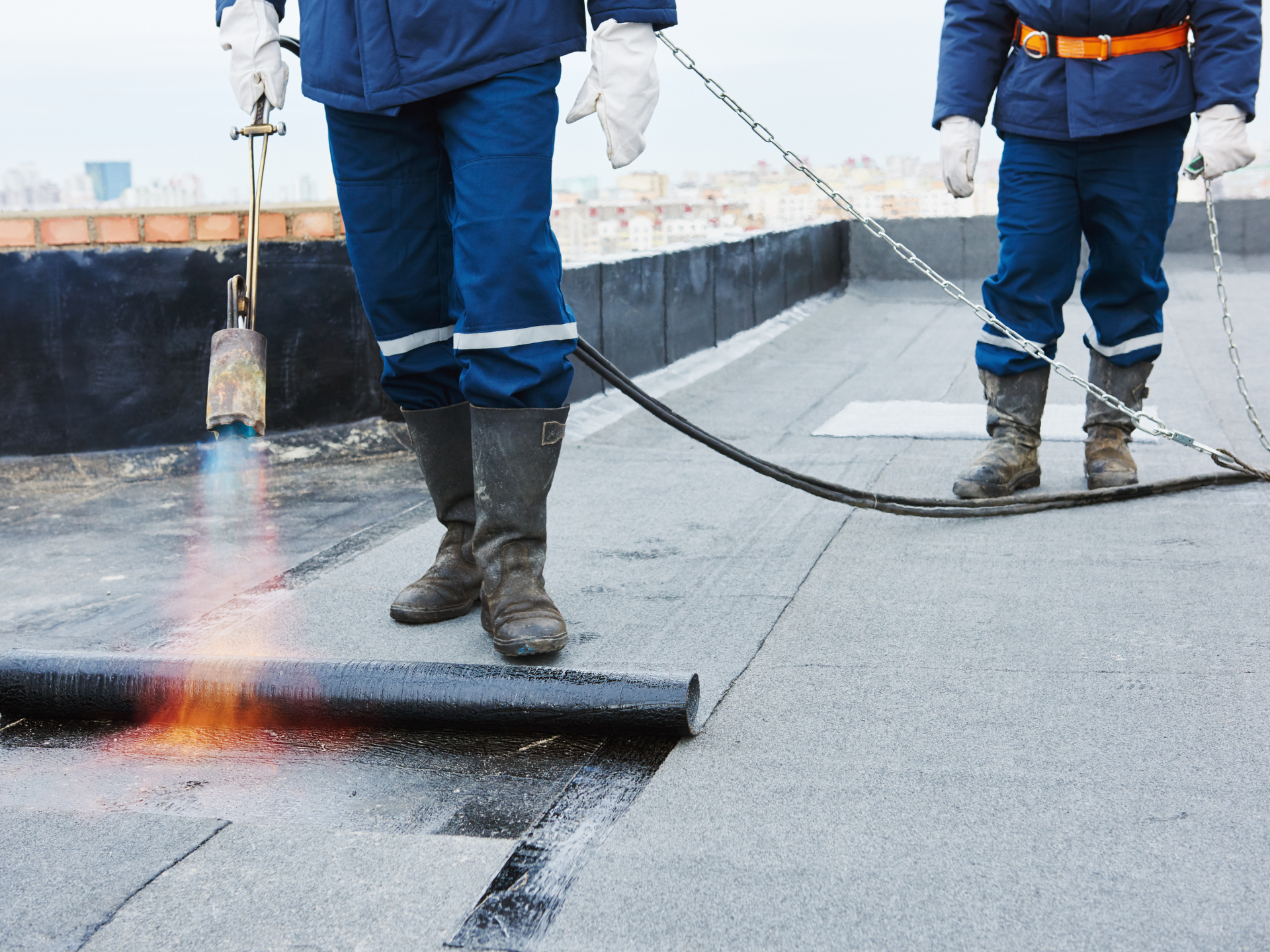
Benefits
- Good resistance to UV rays
- Fast to install
- The heat-welded seams create a strong, watertight seal
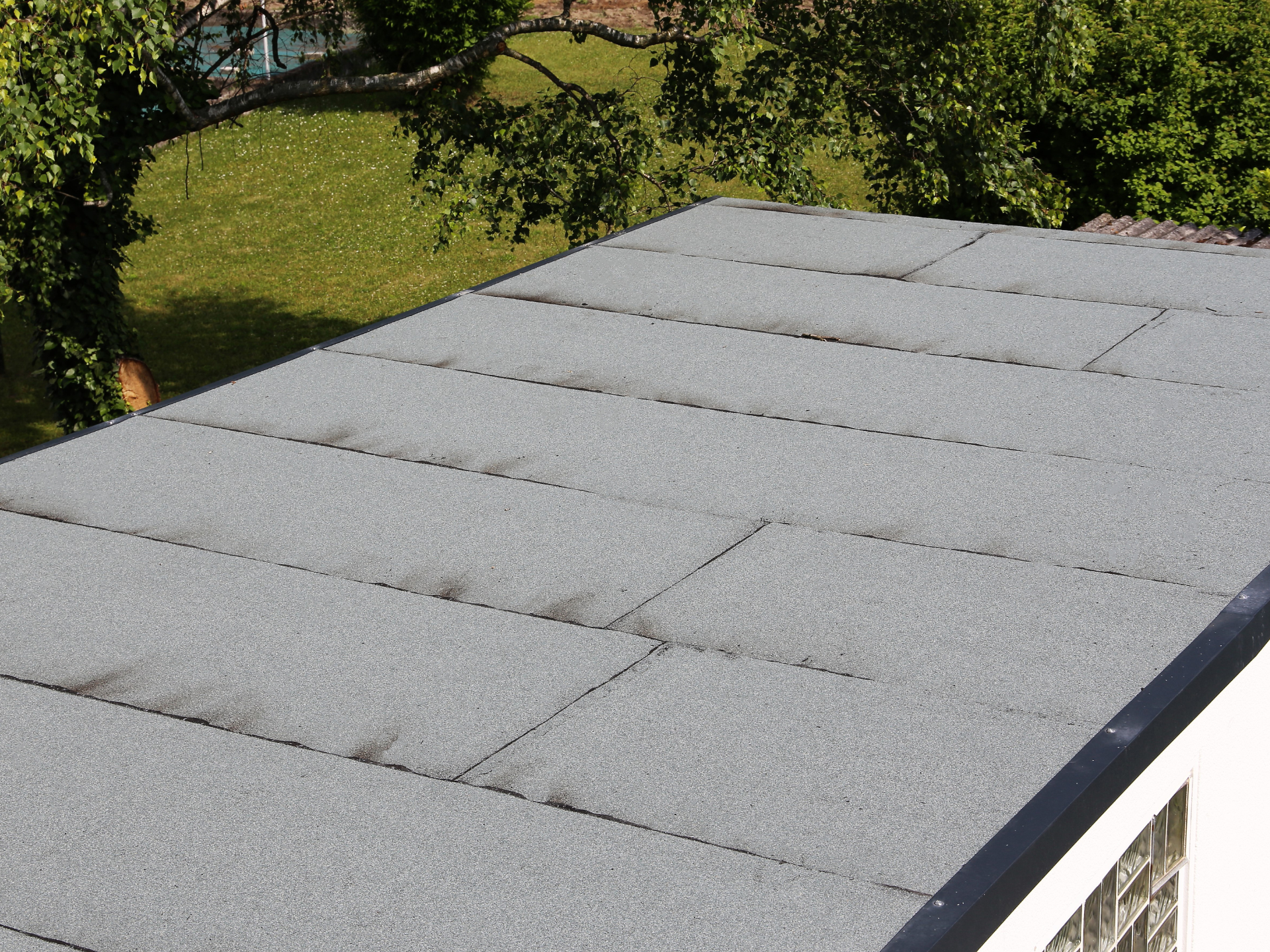
Concerns
- Seams and Flashing
- May emit some odors during installation
- Limited Aesthetics
Built-Up Roof (BUR) Roofing
Multi-ply bitumen systems are valued for their long lifespan, fire resistance, and gravel ballast protection.
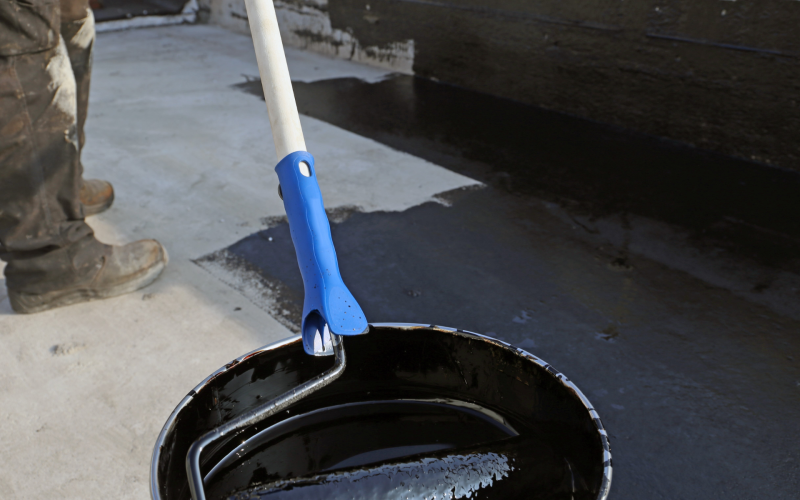
Benefits
- Can last for several decades
- Excellent fire resistance

Concerns
- Heavy Weight
- Installation is labor-intensive and requires skilled workers
- Regular maintenance is necessary
Stone-Coated Steel Roofing
Metal panels with a stone coating combine exceptional impact resistance, light weight, and a variety of aesthetic options.
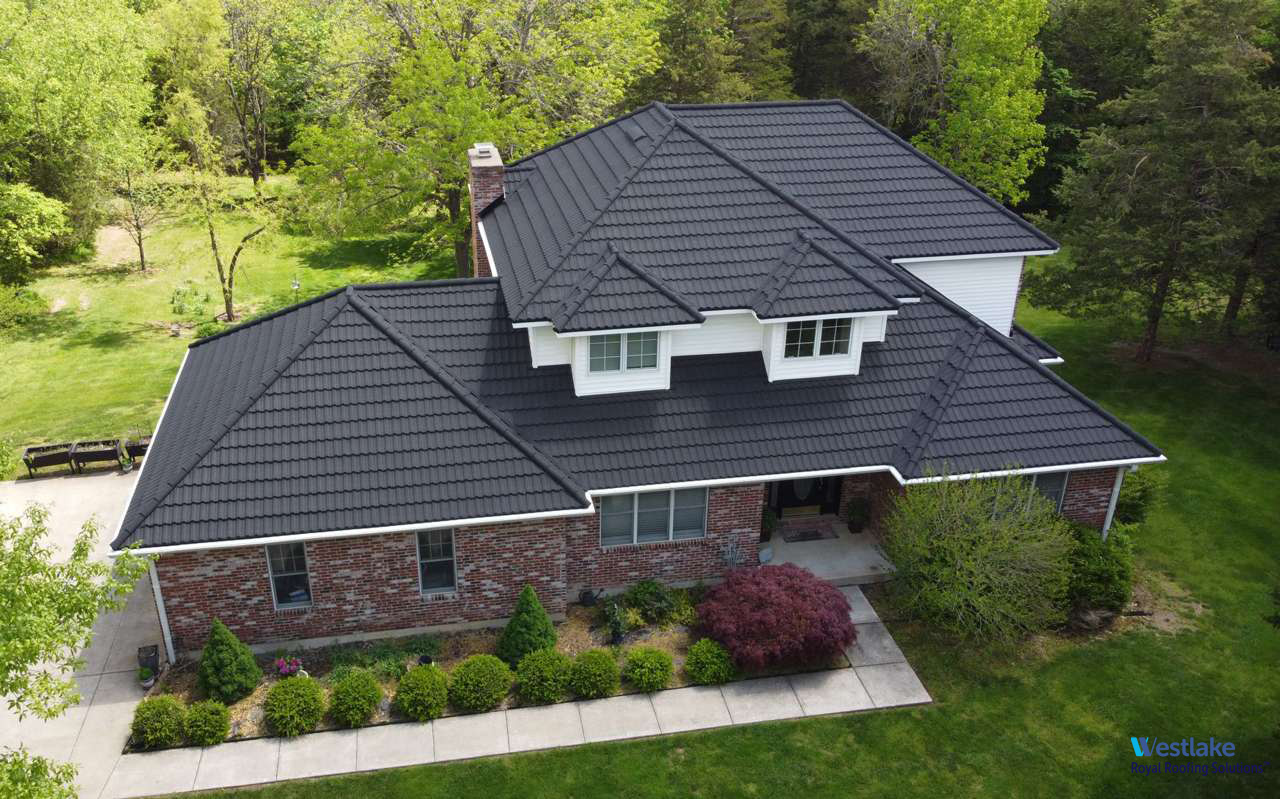
Benefits
- Highly resistant to impact, fire, and harsh weather
- Lightweight
- Offers a variety of colors and styles

Concerns
- Can be more expensive than some other metal roofing options
- Rain or hail can create more noise
- Denting
Composite Shingle Roofing
Synthetic shingle alternatives offer durability, lightweight properties, and a wide range of design aesthetics.

Benefits
- Good resistance to wind, impact, and fire
- Lightweight
- Available in a wide variety of styles and colors

Concerns
- Can be more expensive than traditional asphalt shingles
- Algae Growth
- Warping
Asphalt Shingle Roofing
Asphalt roofing is the most common type of residential roofing, known for its affordability and ease of installation.

Benefits
- Affordable and readily available
- Easy to repair and maintain
- Wide variety of styles and colors available
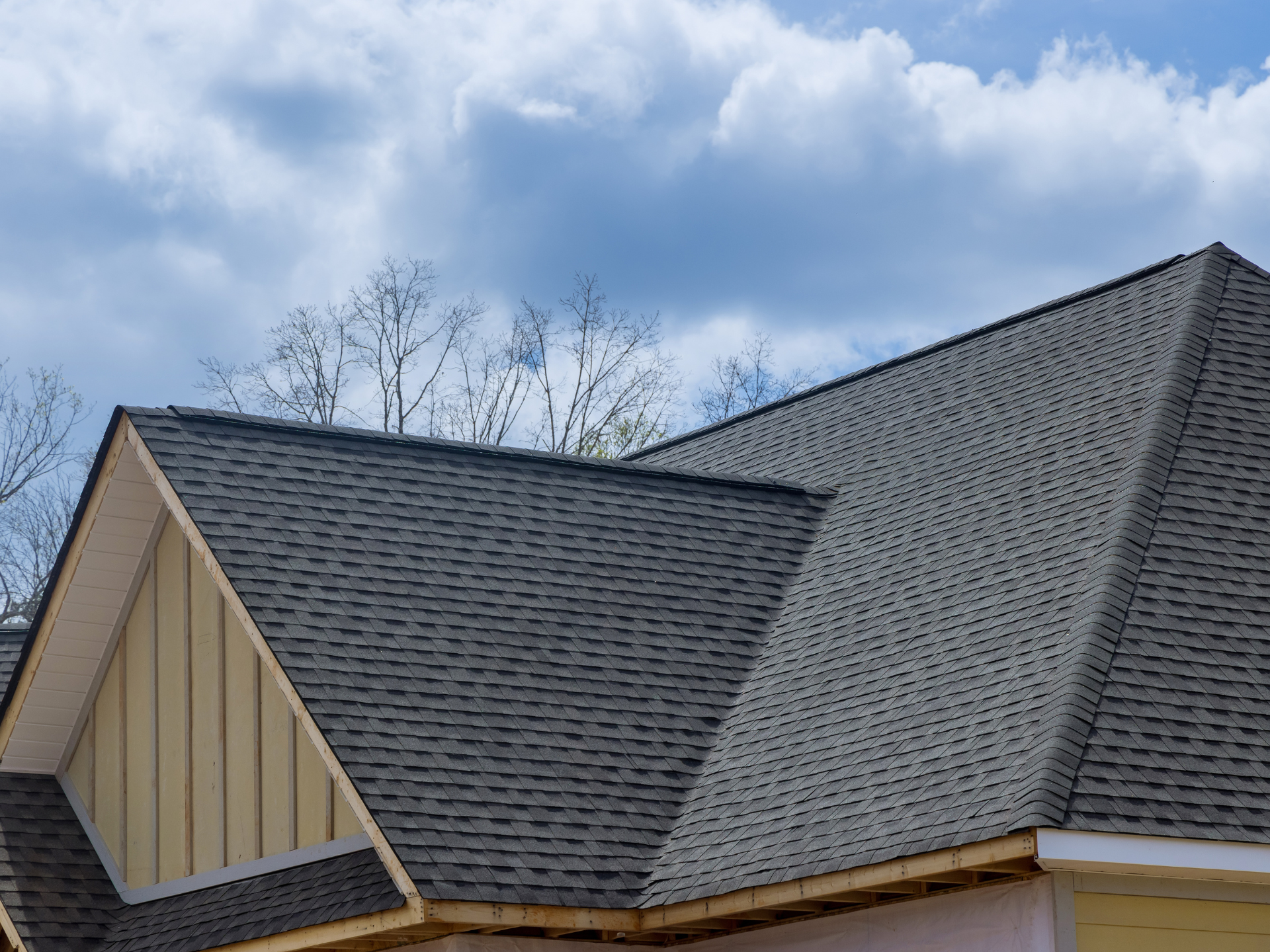
Concerns
- Shorter lifespan (typically 15-30 years)
- Susceptible to damage from wind, hail, and sun exposure
- Requires periodic re-shingling

